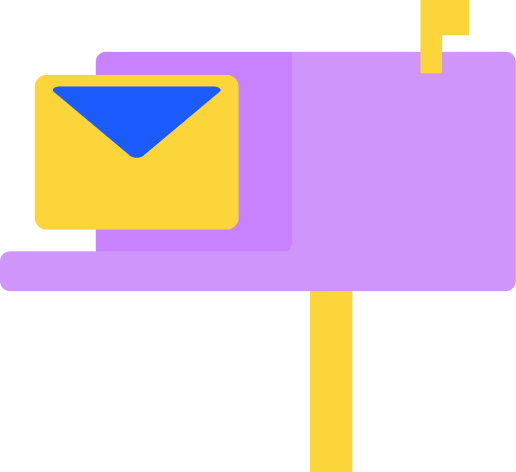Traditional vs Modern Marketing: Strategies for LinkedIn Success
In the evolving digital landscape, marketing strategies on professional platforms like LinkedIn have undergone a significant transformation. The contrast between traditional and modern marketing approaches is stark, with the former relying on one-way communication and the latter emphasizing a customer-centric, interactive model. This report delves into the nuances of both strategies, offering insights into how businesses can leverage their strengths for success on LinkedIn.
Traditional Marketing on LinkedIn
Traditional marketing, characterized by its one-way communication model, has been the backbone of advertising for decades. It measures success through reach, frequency, and brand recall, but often struggles to quantify its impact on sales (Ankita Mondal). On LinkedIn, traditional marketing manifests through company pages, sponsored content, and direct messaging campaigns, where the message is broadcasted to a wide audience without direct engagement or feedback.
The primary advantage of traditional marketing on LinkedIn is the ability to target a professional audience, which can lead to high brand visibility and recall. However, the lack of interactivity can result in a disconnect with the audience, making it challenging to gauge the campaign’s effectiveness in real-time.
Modern Marketing on LinkedIn
Modern marketing, on the other hand, is driven by the digital revolution and places the customer at the center of all strategies. It leverages the power of the internet and technology to understand and engage with target audiences on a deeper level (Brandon Barba). On LinkedIn, this translates to personalized content, interactive posts, and data-driven campaigns that encourage two-way communication.
One of the hallmarks of modern marketing is the clever use of digital campaigns, innovative apps, and creative work shared across multiple channels, which are much bigger than just tactics; they represent a shift in philosophy (McKinsey & Company). This approach is highly effective on LinkedIn, where professionals seek meaningful connections and content that adds value to their careers.
Modern marketing’s success on LinkedIn can also be attributed to its measurable impact. Unlike traditional marketing, modern strategies allow for the tracking of specific metrics such as engagement rates, click-through rates, and conversion rates, providing clear insights into the return on investment.
Integrating Traditional and Modern Marketing for LinkedIn Success
The most effective marketing strategy on LinkedIn may not be choosing between traditional or modern approaches but rather integrating the strengths of both. This synergy can create a comprehensive and robust marketing plan that capitalizes on the broad reach of traditional marketing and the targeted engagement of modern marketing (Ahmed).
For instance, a company can use traditional marketing techniques to establish brand presence and awareness on LinkedIn, while employing modern marketing tactics to engage with users and convert them into customers or brand advocates. By doing so, businesses can enjoy the benefits of both worlds: the wide audience reach of traditional marketing and the personalized, interactive experiences of modern marketing.
Conclusion
In conclusion, the dichotomy between traditional and modern marketing on LinkedIn presents businesses with unique opportunities and challenges. While traditional marketing offers visibility and brand recall, modern marketing excels in engagement and measurable results. The integration of these two approaches can lead to a holistic strategy that leverages the professional network of LinkedIn to its fullest potential.
As businesses continue to navigate the marketing landscape on LinkedIn, the key to success lies in understanding the audience, delivering value, and measuring the impact of marketing efforts. By doing so, companies can craft campaigns that resonate with LinkedIn users, fostering connections that drive business growth and success.
References
“Traditional vs. Digital Marketing: Navigating the Modern Business Landscape.” Ahmed. LinkedIn, n.d. Web. 9 Apr. 2024.
“Difference Between Modern Marketing and Traditional Marketing.” Ankita Mondal. LinkedIn, n.d. Web. 9 Apr. 2024.
“Modern Marketing: What It Is, What It Isn’t, and How to Do It.” McKinsey & Company. McKinsey & Company, n.d. Web. 9 Apr. 2024.
“Traditional vs. Modern Marketing: A Tale of Two Approaches.” Brandon Barba. LinkedIn, n.d. Web. 9 Apr. 2024.
“By automating the ideation, creation and posting process, we enable you to stay connected with your audience, share thought leadership, and showcase your brand, all while you stay focused on what matters most – driving innovation, closing deals, and propelling your business forward.” Read more


